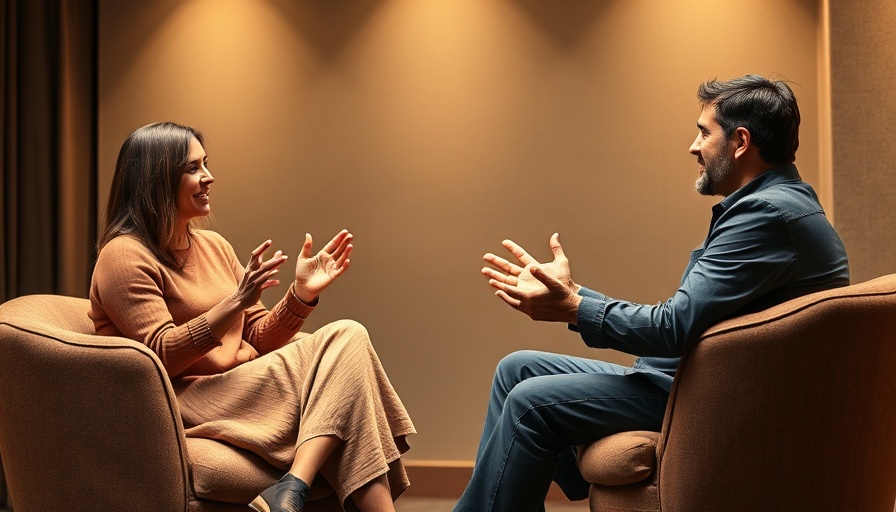
Anthropic's Landmark Settlement: Altering the AI Landscape
Anthropic, the AI research lab known for its Claude chatbot, has agreed to a monumental $1.5 billion settlement with a collective of authors and publishers, marking a pivotal moment in the regulation of artificial intelligence and copyright law. If sanctioned by the court, this settlement is poised to become the largest payout ever in U.S. copyright cases, dwarfing previous financial remedies and setting a precedent for the interactions between technology and creative content.
Understanding the Controversy
The roots of this settlement stem from serious legal decisions surrounding copyright infringement. A recent ruling by U.S. District Court Judge William Alsup acknowledged that while Anthropic’s approach to using legally purchased copyrighted materials to train their AI models might align with fair use principles, their methods utilized to acquire many works involved illegal actions. Specifically, they accessed documents via “shadow libraries” like Library Genesis, fully aware that the content had been downloaded unlawfully.
The Financial Implications for the Creative Community
From the settlement, each contributing author is expected to receive approximately $3,000, distributing funds among roughly 500,000 authors. This figure speaks not just to the financial reward but also to the validation of authors' rights in an increasingly digital landscape. As artistic communities witness such vindications, it sets a tone for the future: the rights of creators cannot be overlooked even amidst the technological revolution.
A Shift Towards Accountability in AI
The ruling emphasizes that AI firms must engage responsibly with intellectual property. "This result is nothing short of remarkable," states the settlement, underscoring a developing accountability within the tech industry. The case demonstrates that when companies seek to innovate using existing works, they must operate within legal bounds, or face financial repercussions.
Future Predictions: AI and Copyright Dynamics
The implications of this case are expansive, signaling a shift in how tech companies will strategize their operations moving forward. Legal experts predict heightened scrutiny in AI training methods and content acquisition practices, alongside a potential increase in litigation as more creators aim to safeguard their intellectual property. This could lead to the emergence of new frameworks that balance innovation and creator rights, fostering healthier collaborations between technology producers and artists.
Understanding Fair Use: A Complicated Landscape
While Judge Alsup’s ruling hinted at potential fair use for using legally obtained content, it raises questions about where the line is drawn. Fair use has historically provided a gray area for educators, critics, and researchers, and Anthropic's adoption of these principles might prompt further legal exploration. As AI continues evolving, understanding these distinctions will be crucial for developers and creators alike.
Community and Cultural Relevance
This settlement not only impacts the tech landscape but reverberates through cultural contexts. With parents and educators now facing the realities of how AI tools are deployed, it sparks discussions around the importance of teaching digital citizenship and intellectual property rights to younger generations. The dialog fosters respect towards creative works, cultivating an environment where technology can flourish ethically.
Call to Action: Advocate for Fairness in the Tech Landscape
As consumers, parents, and educators, it's vital to stay informed about the evolving intersection of technology and copyright. By engaging in discussions about digital ethics and advocating for fair compensation for creators, we can help shape a future in which innovation honors the artistry it builds upon. Join the conversation and champion the rights of all creators in this new technological age.
 Add Row
Add Row  Add
Add 




Write A Comment